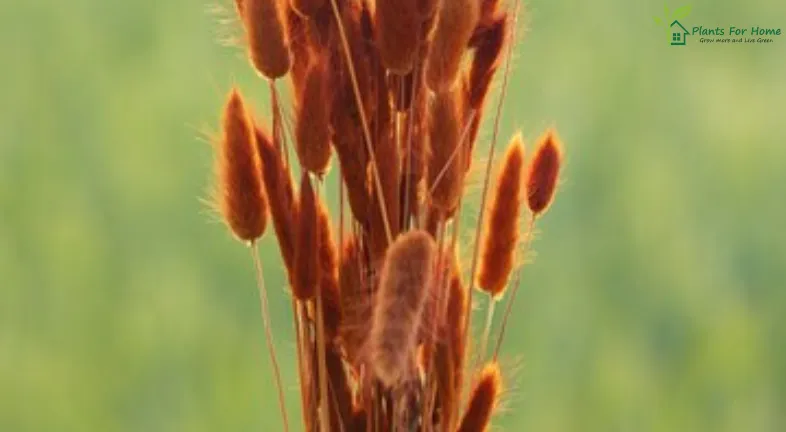WHEN TO PLANT BROWN TOP MILLET

The adaptable warm-season grass brown top millet (Urochloa ramosa) has several advantages for farmers, gardeners, and wildlife lovers. It is a profitable crop for cattle to graze on, has the potential to reduce weeds, and draws beneficial species like pollinators and birds.
Timing is one of the most important aspects of a good brown top millet planting. When plants are planted in the proper season, they will germinate, thrive, and yield at their best. Here is a thorough guide to planting brown top millet at the right time:
Recognizing the Growth Cycle of Brown Top Millet

An annual grass for the warm season is brown top millet. This indicates that it is a warm-weather plant that may complete its life cycle in a single growing season, from germination to seed production.
Brown top millet seeds should germinate at a temperature of 63 to 79 degrees Fahrenheit (17 to 26 degrees Celsius). After they are established, the plants can withstand both extreme heat and drought.
Season of Planting:

Depending on your temperature and region, there are different ideal planting windows for brown top millet.
Spring Planting: Brown top millet can be planted in mid-April to mid-May in regions that are warmer and have longer growth seasons. This enables the plants to take root before the summer’s highest heat.
Planting in Late Spring/Early Summer: Planting can be postponed until late May or even early June in regions with colder spring temperatures. By doing this, the soil’s temperature is guaranteed to be warm enough for germination.
Double Cropping: Brown top millet can be grown as a double crop in areas with exceptionally lengthy growing seasons. Early spring is the best time to plant and midsummer is the best time to harvest. For a fall harvest, sow a second crop in late June.
Additional Things to Think About

When choosing the best time to plant brown top millet, bear in mind the following extra considerations in addition to the normal planting season guidelines.
Frost Dates: Don’t sow brown top millet seeds before there is no longer a chance of frost. Young seedlings can be harmed or killed by frost.
Temperature of the Soil: For best germination, wait until the soil reaches a minimum of 65 degrees Fahrenheit (18 degrees Celsius) at a depth of 4 inches.
Moisture Availability: Make sure there is enough moisture in the soil for germination and establishment. Planting right before an anticipated spell of precipitation may prove advantageous.
How to Plant Brown Top Millet?
Here’s a brief guide to planting brown top millet after you’ve decided when it’s the right time for your area:
Pick a Planting Site: Look for a sunny spot with soil that drains properly. Although it may grow in a variety of soil types, sandy loam soils are ideal for brown top millet. Get the seedbed ready: Remove any rubbish and weeds from the planting area. To make a fine, loose seedbed, till the soil to a depth of four to six inches.
Planting: Drilling or spread seeding are two methods for planting brown top millet. For drilled plants, the recommended seeding rate is 14–20 pounds per acre, whereas for broadcast seeding, it is 25–30 pounds per acre.
Seed Depth: Sow the seeds 0.5 to 1 inch deep, keeping them shallow.
Watering: To guarantee optimal seed-to-soil contact and encourage germination, properly water the planting area right away after seeding.
CONCLUSION:
The growth cycle of brown top millet, appropriate germination temperatures, and local climate considerations can help you determine the best time to plant in order to guarantee a profitable crop. Brown top millet is a useful addition to any field or garden when planted and cared for properly.












4 thoughts on “WHEN TO PLANT BROWN TOP MILLET”
Pingback: ARE BIGONIAS SHADE PLANT
You can plant brown top millet from mid-April to mid-August [1]. However, planting earlier in the window will result in higher yields because it is a warm season crop that prefers hot weather for optimal growth.
Pingback: WHAT IS PLANTING ON VERMONT
You can plant brown top millet from mid-April to mid-August [1]. However, planting earlier in the window will result in higher yields because it is a warm season crop that prefers hot weather for optimal growth.